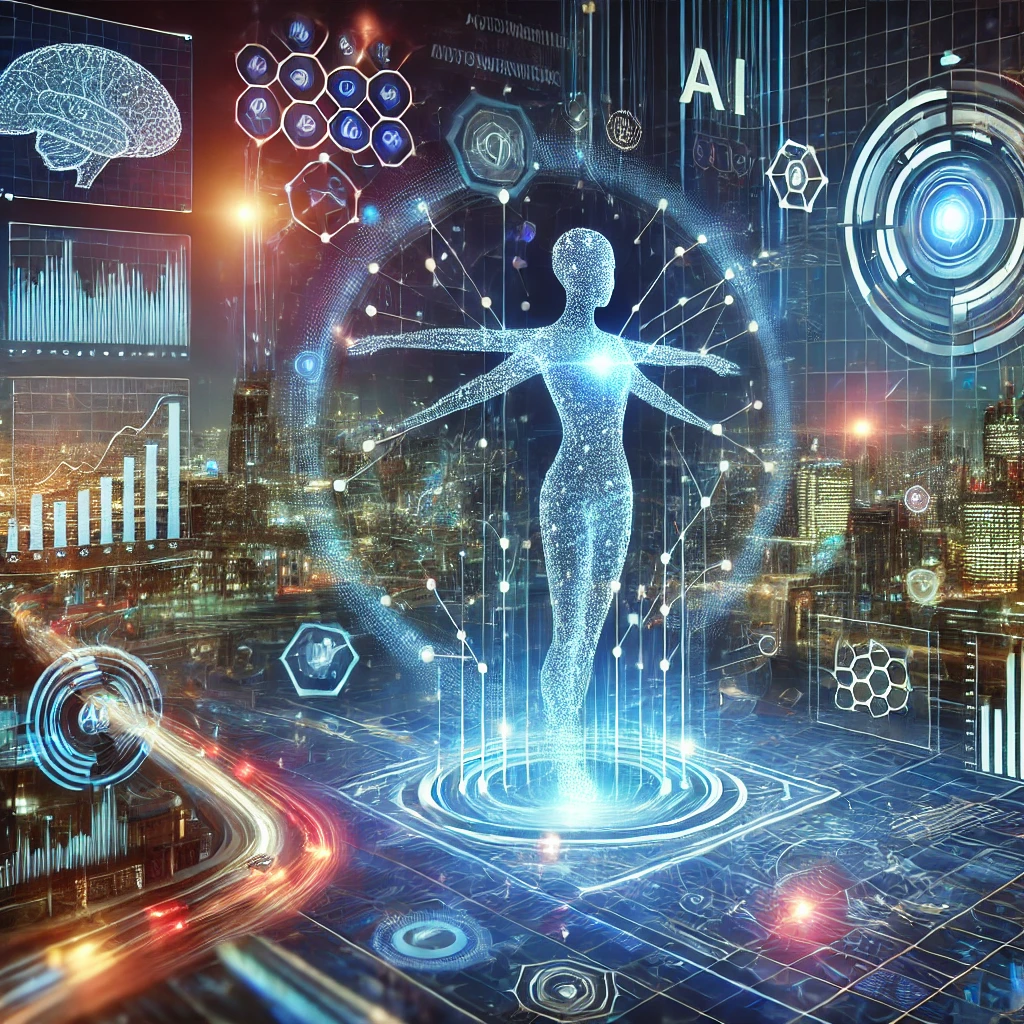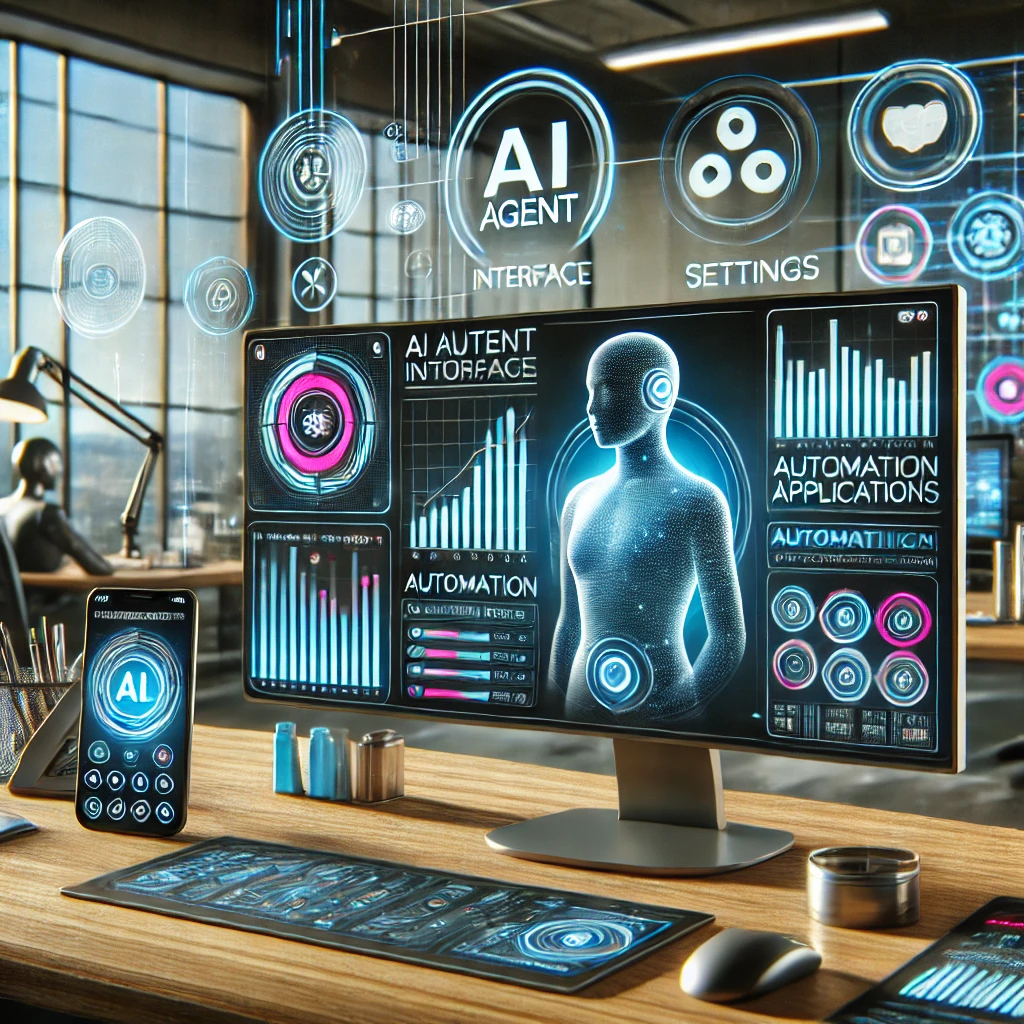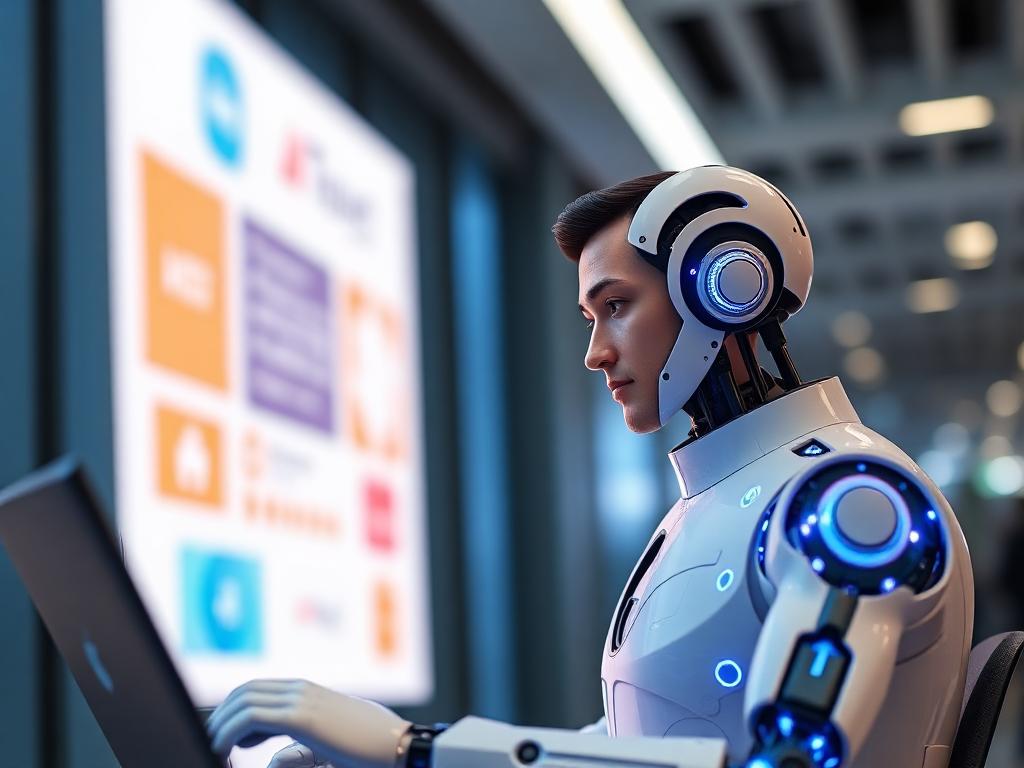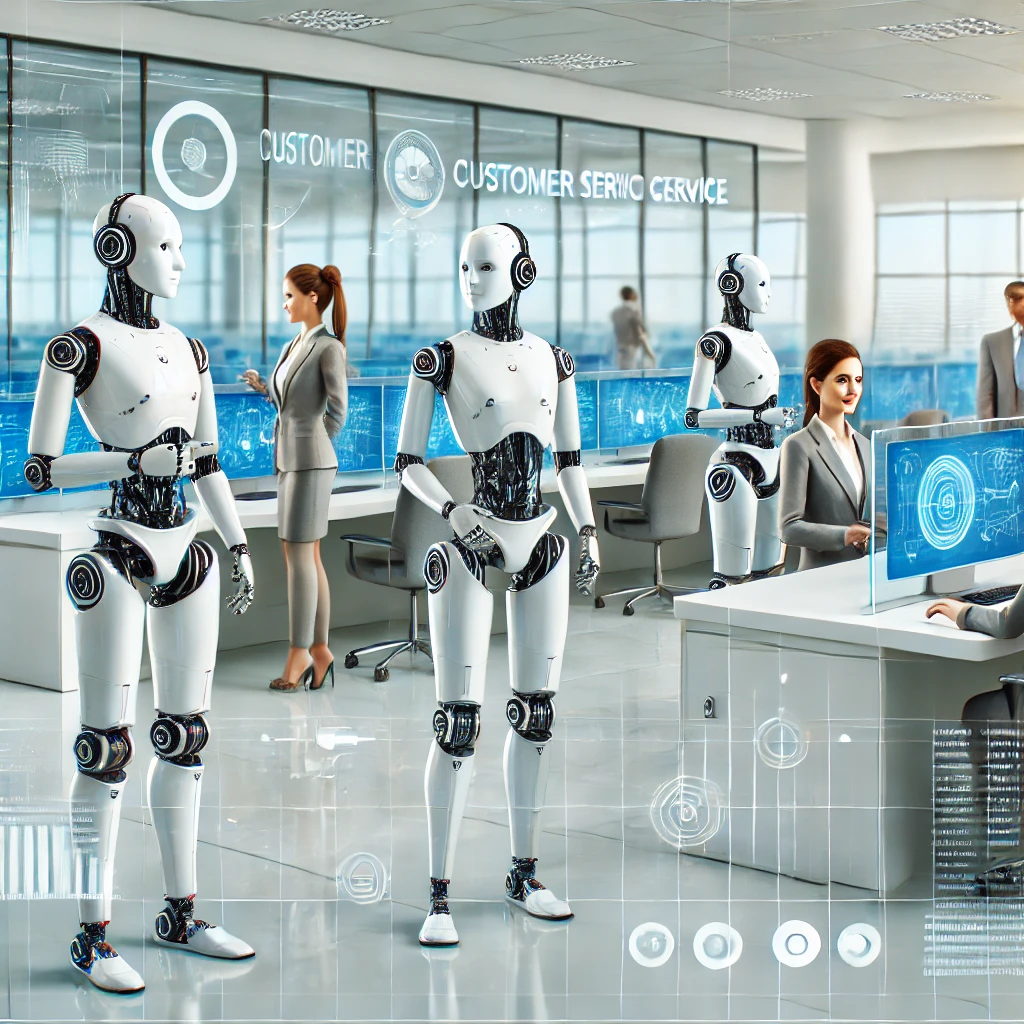Agentic AI: The Next Evolution in Generative AI
Published on February 13, 2025
🤖 Get AI Summary of this Post:

Traditional AI models operate as tools, responding to inputs with predefined outputs. Agentic AI shifts this paradigm by creating systems that proactively take initiative, self-refine their actions, and execute complex, multi-step tasks with minimal human supervision. This transition marks a fundamental change from AI as a passive assistant to AI as an autonomous problem solver.
According to PwC’s executive playbook Agentic AI: The New Frontier in GenAI, these systems represent "a more powerful, self-directed form of GenAI" that can "combine multimodal inputs, adapt in real-time, and pursue goals independently."
Defining Characteristics of Agentic AI
Unlike traditional AI models that rely on human-led prompting, Agentic AI agents:
- Break down and execute complex workflows: Instead of waiting for instructions, they analyze tasks, deconstruct them into steps, and iteratively improve execution.
- Integrate multimodal reasoning: They process text, images, audio, and structured data simultaneously, leading to more nuanced decision-making.
- Persist beyond single interactions: Unlike static AI responses, Agentic AI can remember prior interactions, track progress, and refine outputs based on context.
- Act autonomously within constraints: They operate within defined parameters, but with the flexibility to adapt to real-world variables and optimize for outcomes.
Strategic Advantages
Businesses integrating Agentic AI unlock capabilities that traditional AI cannot offer. In industries like finance, healthcare, and customer service, these systems are automating complex workflows, reducing inefficiencies, and generating insights beyond human capabilities.
For example, in corporate environments, these AI agents can synthesize unstructured data from reports, emails, and meetings to generate action plans. In supply chain management, they autonomously adjust inventory based on fluctuating demand patterns. The ability to make independent, real-time decisions minimizes bottlenecks and enhances operational agility.
“Agentic AI will be an integral component of enterprise operating models, performing at a higher level than today’s task-based GenAI implementations.”
Challenges and Considerations
While the potential of Agentic AI is clear, its deployment comes with challenges. As AI systems gain autonomy, ensuring alignment with human intent becomes critical. Businesses must establish clear governance policies, reinforce security measures, and implement feedback mechanisms to prevent drift from desired behaviors.
Additionally, organizations must rethink their AI strategies. Agentic AI is not just an incremental upgrade—it demands a fundamental reconfiguration of workflows, infrastructure, and employee roles. Companies that fail to adapt risk falling behind as AI-powered competition accelerates.
Agentic AI is not a speculative vision of the future—it is already reshaping industries. Organizations that understand its potential, prepare for its challenges, and integrate it effectively will gain a decisive advantage in the coming decade.



